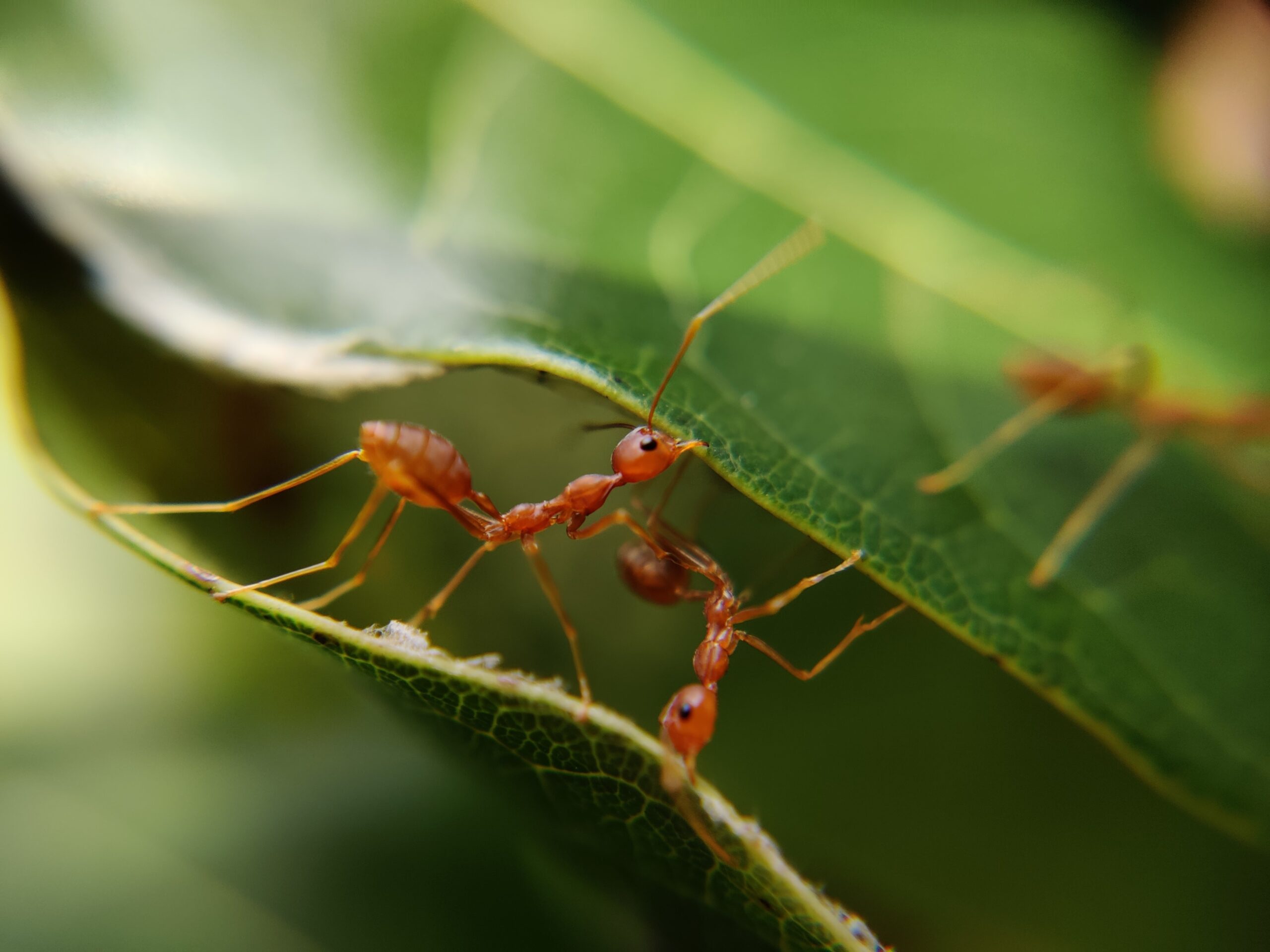
Discovering ants in your home can be an unwelcome surprise. However, it’s important to know that not all ants are created equal. From the wood-loving Carpenter ants to the stinging Fire ants, each species has unique characteristics, behaviors, and potential impacts on your home.
In this comprehensive guide, we’ll help you identify different types of ants in your home, enabling you to take the right action.
Understanding basic ant anatomy is the first step in identifying different species. Ants, like all insects, have bodies divided into three parts: the head, thorax (mid-section), and abdomen (back-end). They also have a pair of antennae and six legs. The sizes, shapes, and colors of these body parts can vary greatly among different ant species, making these attributes essential for identification.
Appearance: Carpenter ants are among the larger ant species that might invade your home. They typically range from 1/4 to 1/2 inch in length and are primarily black, though some species may have reddish or yellowish hues.
Characteristics: Carpenter ants are wood-lovers, but unlike termites, they don’t consume wood. Instead, they excavate it to build their nests, which can cause structural damage to your home.
Identification Tips: Look for coarse sawdust piles (also known as frass), a byproduct of their excavations. You might also hear faint rustling noises in the walls at night.
Appearance: Fire ants are smaller, usually measuring between 1/8 to 1/4 inch. They have a reddish-brown color with a darker abdomen.
Characteristics: Known for their painful sting that results in a burning sensation, Fire ants are more common in southern states but can be found throughout the U.S.
Identification Tips: Fire ants are distinguished by their mound nests. Outdoors, they build large mounds, usually in landscaped areas or near a building’s foundation.
Appearance: Odorous house ants are tiny, usually measuring 1/16-1/8 inches long. They have a brown or black coloration.
Characteristics: These ants emit a strong, rotten coconut-like smell when crushed, hence their name.
Identification Tips: If you see small, brown or black ants trailing around your kitchen or bathroom, they’re likely odorous house ants. Their preference for sweets often leads them to indoor areas.
For a more precise identification, consider the following:
Antennae: Ants have elbowed or “bent” antennae. The number of segments and length can also help identify species.
Waist: The node(s) on an ant’s waist, the slender connection between the thorax and abdomen, can help with identification. Some species have one node, others two, and some have a seamless waist.
Wings: Ants are typically wingless. However, during their reproductive stage, known as the swarm or nuptial flight, you’ll find winged ants. If you see them, check their wings. In ants, the front wings are longer than the back ones. Termites, often mistaken for ants, have wings of equal length.
If an ant infestation persists despite your best efforts, it might be time to call a pest control professional. They are equipped to accurately identify the species andimplement the best control strategy for that specific type.
While they can be a nuisance in our homes, ants play a vital role in our ecosystem. Understanding how to identify different types of ants in your home is the first step towards effective pest control.
If you’re unsure of the type of ant you’re dealing with or if the infestation seems overwhelming, don’t hesitate to call a pest control professional. At Mosquito Mary’s, we provide the tools and expertise needed to ensure your home is ant-free.
Back